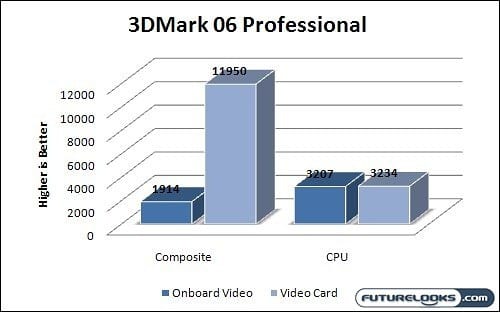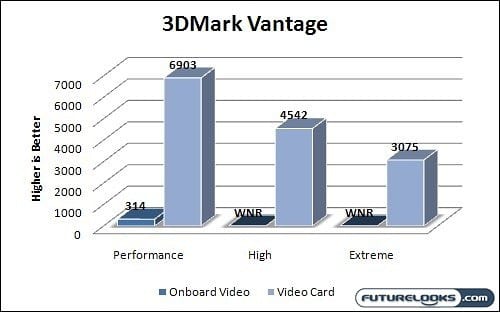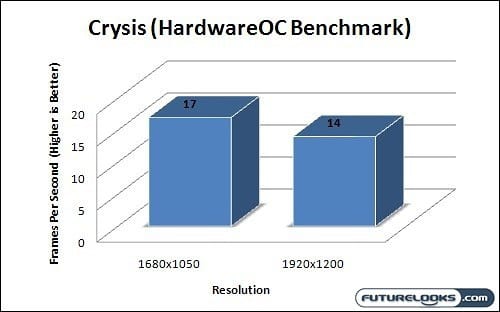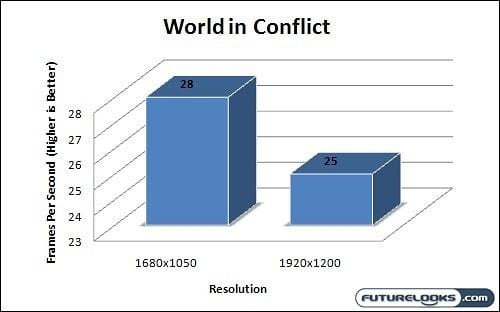Getting Our 3D On with 3DMark06 and 3DMark Vantage

Ok, it’s time to get our game on…kinda. We decided to kick off our 3D gaming testing in the same fashion as our system benchmarks, with some synthetic benchmarks. I started with 3DMark 06, hoping to shine of beacon of light on the onboard video. I had a theory that since the onboard video was an actual 3D chipset, it would give some actual 3D performance. Boy was I wrong. The onboard chipset found on the M3A78-T couldn’t even hold it’s own in a 3-year-old synthetic benchmark.

With the results of the 3-year-old 3DMark 06 in mind, in shouldn’t come as any surprise that the onboard video completely failed at 3DMark Vantage. This DX10 based suite treats even the most heavy duty 3D hardware in the most brutal of fashion. The onboard video had no change. There is still a positive spin to this story though.
I’ve never been a big proponent of onboard video. It’s always been at least a few generations behind even the most basic of discrete video cards in terms of performance. However I’m only considering the 3D performance of the component. The onboard video on this motherboard is an ATI Radeon HD 3300 chipset, and is fully DX10 compatible. This will get you into Windows Vista with all the eye candy, and by and large will look stunning while doing so. With an HDMI port right on board, full HDCP support, and hardware support of both HD-DVD and Bluray, this motherboard is great for those looking to build a cheap simple Home Theatre PC.
Getting Our Game On with Crysis and World in Conflict
So we’ve established that the onboard video isn’t the greatest, but we still need to see how this motherboard pans out in some real world game titles. We pushed forward with a couple of DX10 benchmarks, using the discrete video card chosen for our test bed throughout these final tests. First up was a run through on Crysis, using the HardwareOC benchmark program. We did 3 passes on the GPU specific tests, and tested the two major resolutions found on modern widescreen monitors.

The results were favourable for this board, with an 18% drop in performance when trying to display 28% more pixels on screen. Comparing this to the results gathered when Stephen reviewed the video card used in our tests shows that this motherboard and processor combination are actually just on the heels of our original AMD Spider test rig. Adding a more powerful processor would most likely put this rig in line with Stephen’s aforementioned Spider platform.

World in Conflict showed similar results, with a little more weight being thrown towards CPU speed instead of on motherboard and chipset performance. Being that it’s a real-time strategy game, this doesn’t come as much of a surprise. The results were once again above average, but not stunning.
